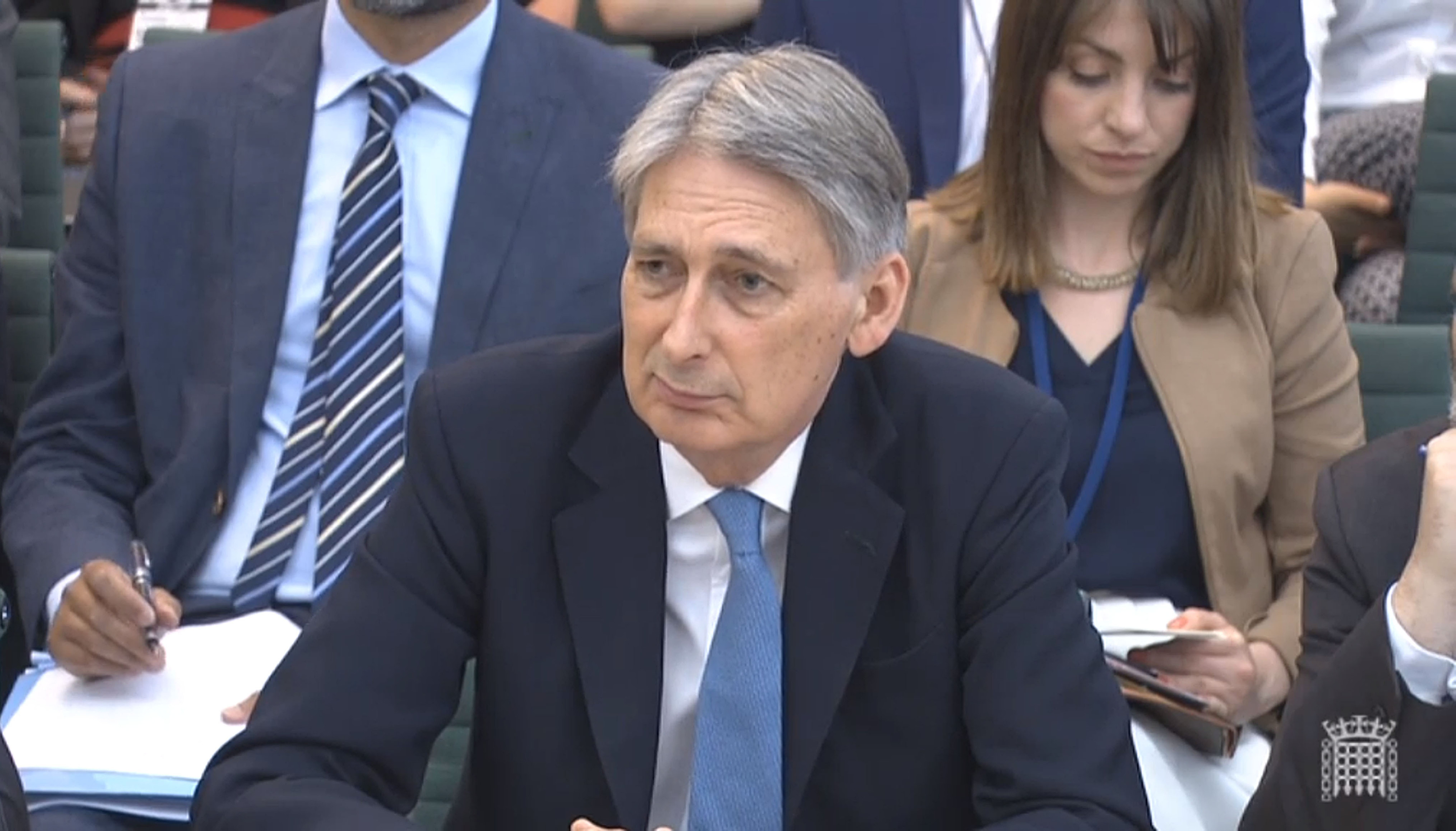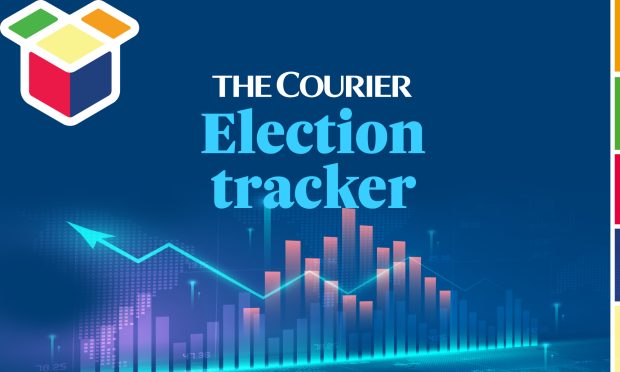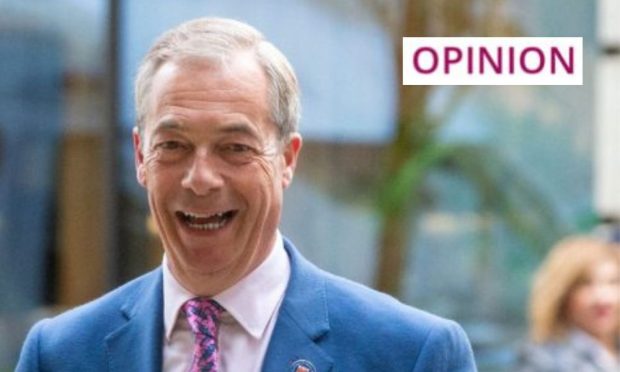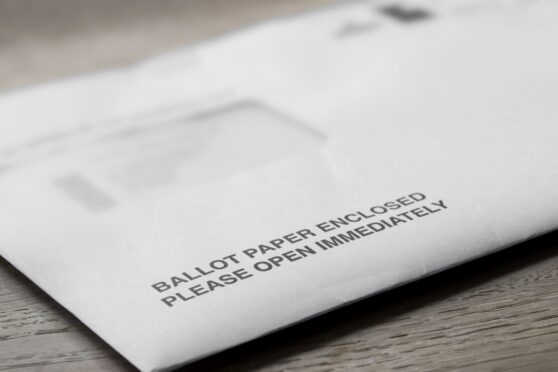Britain is not yet in a position to start negotiations on its exit from the European Union, Foreign Secretary Philip Hammond has said.
Following the June 23 vote in favour of Brexit, London has come under pressure from the EU institutions to kick off the process of negotiating its departure under Article 50 of the Lisbon Treaty.
But Mr Hammond told the House of Commons Foreign Affairs Committee that invoking Article 50 would set the clock ticking on a two-year deadline for the UK to quit, and it would be “unwise” to do so until the Government had decided on its negotiating position and was prepared to fight its corner.
The Foreign Secretary defended the Government’s decision to make no contingency plans for a Brexit vote, beyond measures to calm nerves in the financial markets in the immediate aftermath of the result.
Committee chairman Crispin Blunt said it was a “serious oversight” for the Government to leave the country uncertain for months after the referendum about what its future would be after Brexit.
Mr Hammond said he was “not sure I see the need” for contingency plans, as the new European policy would be for the next prime minister to decide after his or her election in September. Any pre-referendum planning by the civil service would have been denounced by the Leave camp as an “unwarranted intervention” in the campaign, he said.
The Foreign Secretary said: “It will be for the new prime minister to decide how best to engage with the European Union and to express to the European Union our views as a government about how we should move forward. This is an untested process. Nobody has ever done this before.
“In terms of triggering Article 50, my judgment is it wouldn’t be in the best interests of the UK to trigger Article 50 immediately.
“Article 50 sets a clock ticking and I don’t think at the moment, for various reasons – not least of which, we don’t have the new prime minister in post – for the moment we are not in a position to begin substantive negotiations immediately and therefore it would be unwise to start the process ticking by triggering Article 50.”





